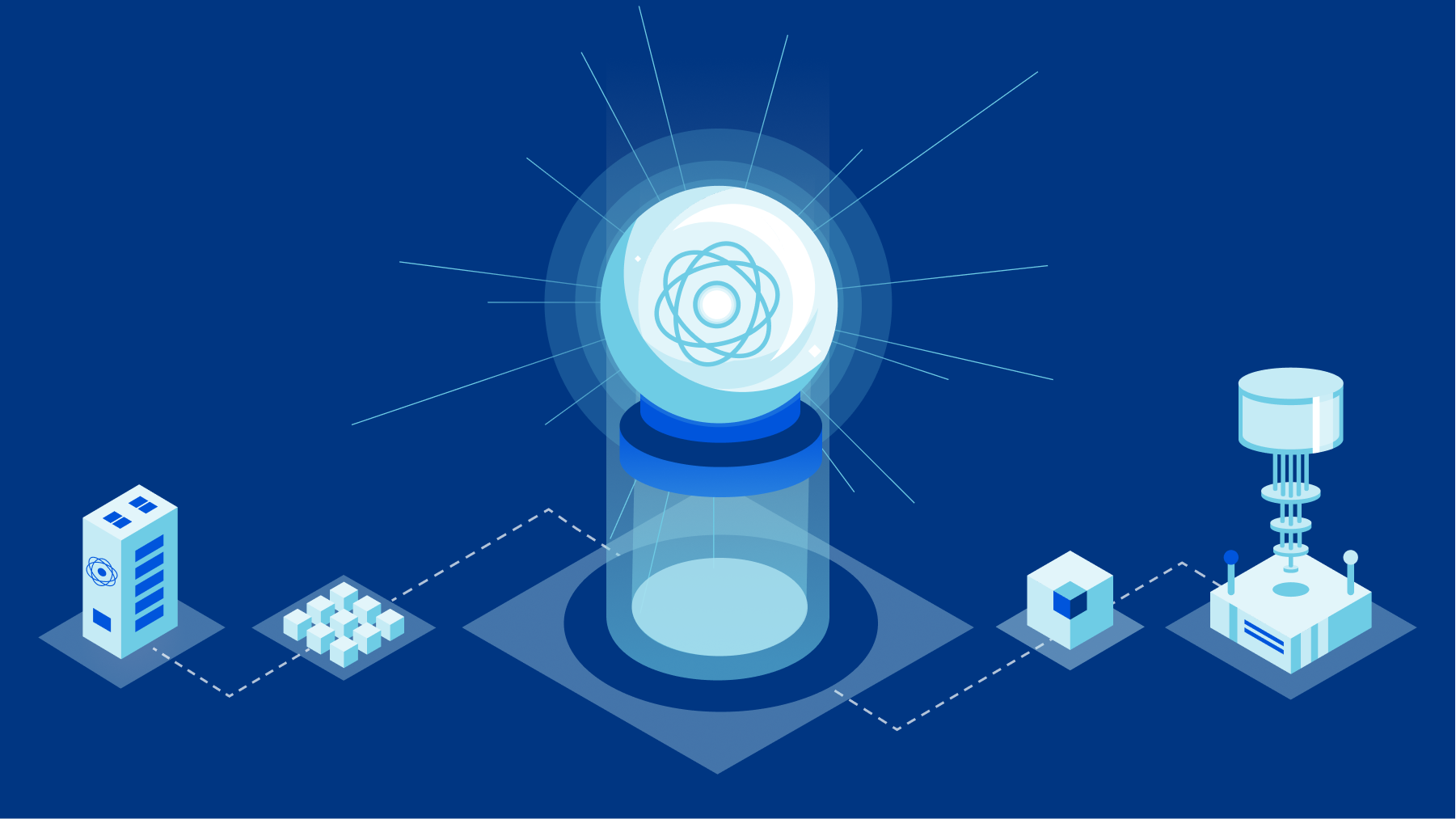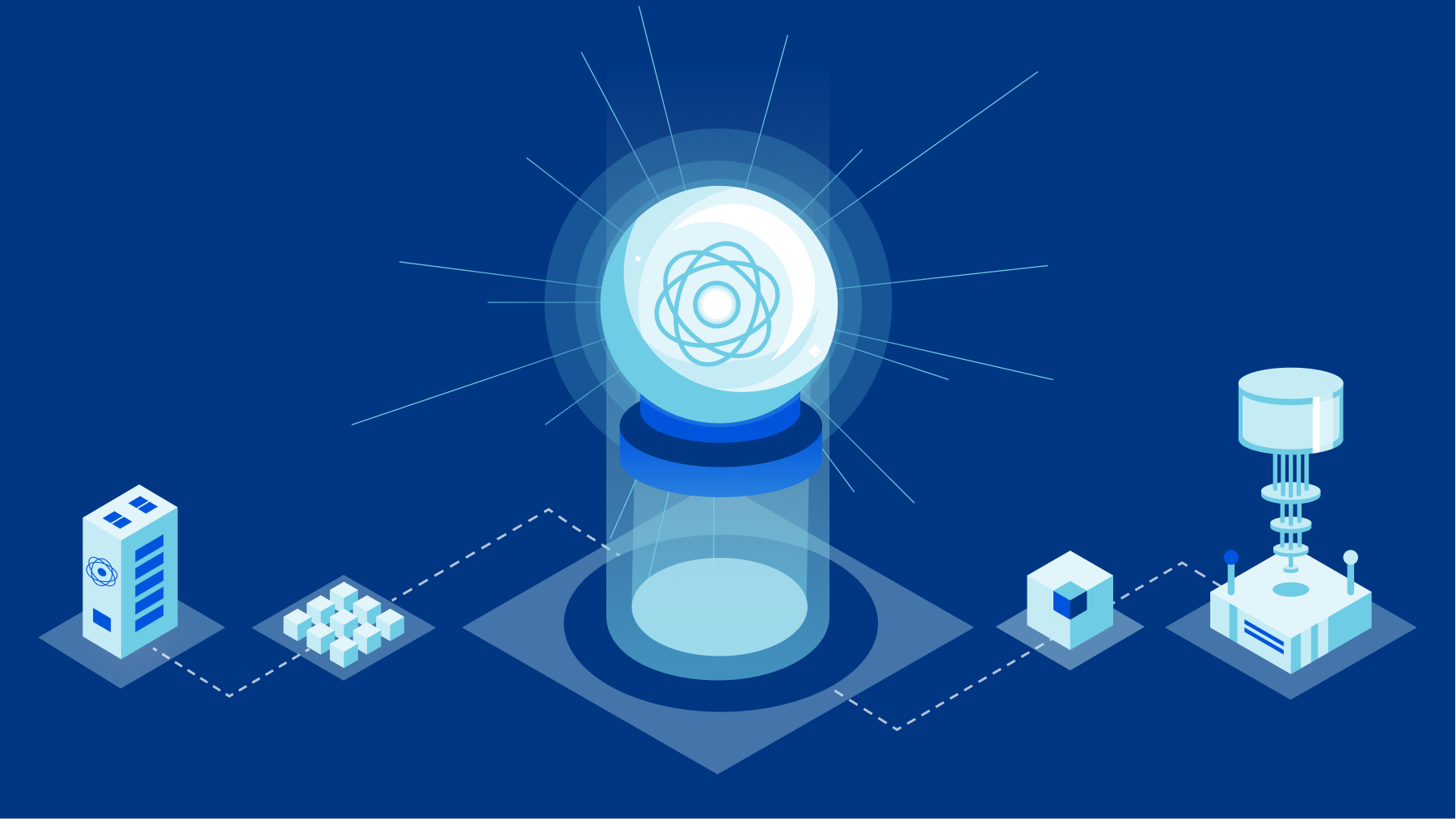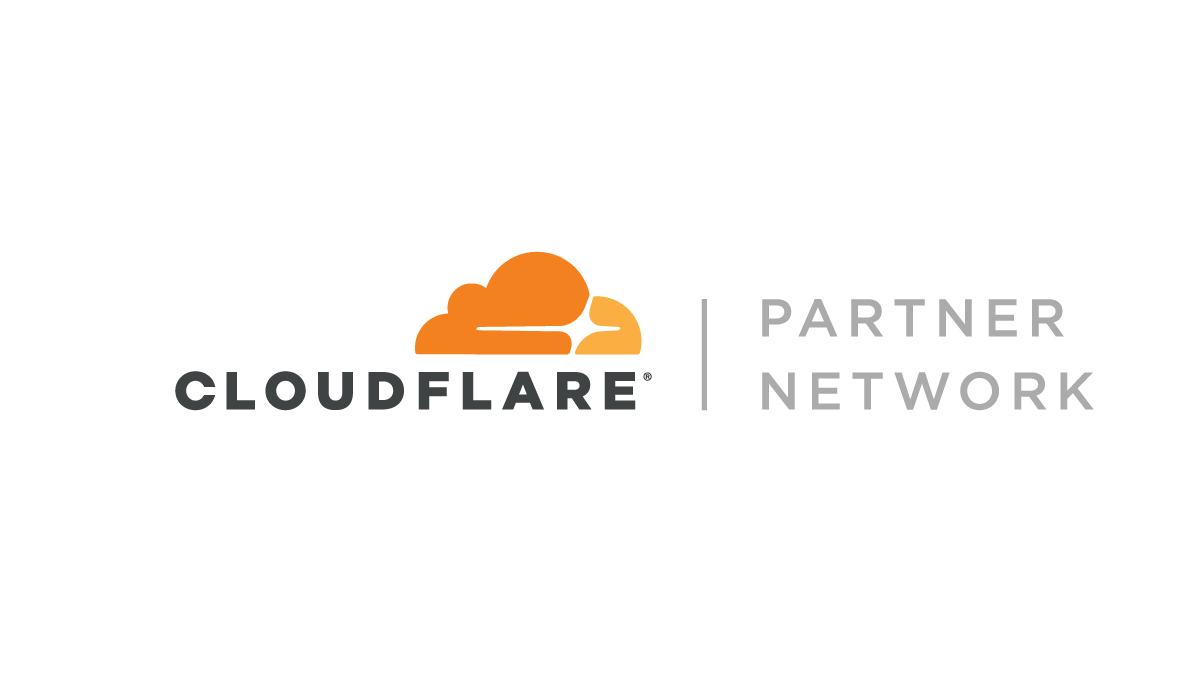0
VMware brings on-prem cloud connectivity to vSphere, vSAN
VMware is upgrading vSphere virtualization and vSAN hyperconverged software packages to better manage and efficiently meld on-prem applications with cloud-based resources.The company introduced two subscription-based offerings: vSphere+ and vSAN+ that integrate cloud connectivity into both, enabling cloud services for workloads running on vSphere, but specifically targeting on-premise apps. The packages will include all necessary components such as VMware vCenter instances, VMware ESXi hosts, Tanzu Standard Runtime, and Tanzu Mission Control Essentials and support. [ Get regularly scheduled insights by signing up for Network World newsletters. ]To read this article in full, please click here







